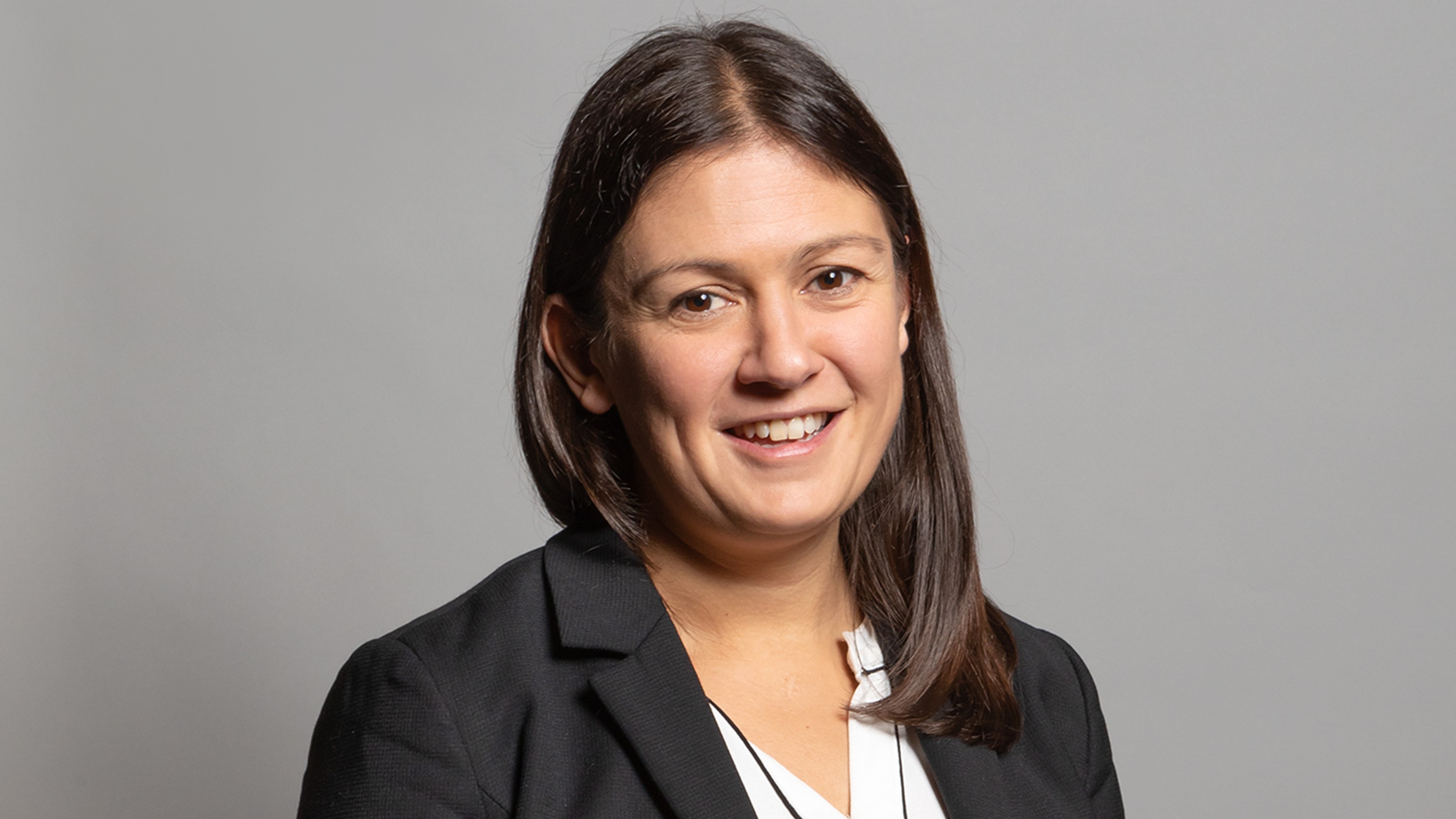The advent of cloud computing technologies means the broadcast industry is currently undergoing a seismic shift. This transition from traditional hardware-based setups to complex IT-centric systems is fundamentally altering the landscape of media production. Industry veterans Stuart Ray, the Head of Skills and Development at The IABM and Damon Neale, the Managing Director of consulting firm Mediate Solutions highlight the urgent need for a revamped approach to training and development within the industry.
The Growing Demand for Hybrid Skills
Both Ray and Neale identify a growing need for professionals who are well-versed in traditional broadcast technology as well as contemporary IT practices, with a special emphasis on cloud computing and IP workflows. According to Ray, the IABM’s courses dealing with IP, Video over IP, and IP and File-Based Workflows are the organisation’s most popular. He believes that this reflects a significant pivot towards IT-centric capabilities within the broadcast sector.
“It’s important to remember that the fundamentals of broadcast tech haven’t really changed - it’s still ultimately a process of transporting a signal from A to B,” - Stuart Ray, Head of Skills and Development, The IABM
Neale emphasises the scarcity of cross-functional expertise in the industry, “A lot of the public cloud providers are willing to provide solution architects to help design how to best deploy in their cloud,” he says. “They are often absolutely fantastic. The only problem is, they might not understand our industry. It’s incredibly difficult to find people that have a broadcast background and truly understand the cloud because there are such deep skill sets, knowledge, and experience required in each of them,” he says, highlighting the depth of the challenge...
You are not signed in.
Only registered users can view this article.
NAB show review: Tariffs, technology and legacy business in the spotlight
Artist led, AI driven, fan-first media show the way forward at a NAB show dominated by tariff-suffering hardware vendors and advertiser weakened broadcast.

Virtual Production: Practical advice for lighting the volume
Adrian Pennington explores the many and varied lighting considerations for shoots within an LED volume where the ambition is to seamlessly marry virtual and real world environments.
Bright future: How CoSTAR will ideate the next wave in UK creative IP
If the UK’s creative industries are to continue to add hundreds of billions of pounds in value to the country’s economy then much will rely on the success of a new network of tech labs exploring the future of media.
 10 (1).jpg)
OTT evolution: Shifting business models, monetisation and personalisation
Over the past two decades, the over‐the‐top (OTT) industry has undergone a remarkable transformation from a niche experiment to a multi‐billion‐dollar ecosystem, writes John Maxwell-Hobbs.
.jpg)
AI through the looking glass: Digital natives
When it comes to AI, the M&E industry should take a more active interest in the views of its young people if it wants them to remain part of it, writes James McKeown.



/Hero Shot - LED Wall at NFTS Virtual_Launch_0128 (1).jpg)

